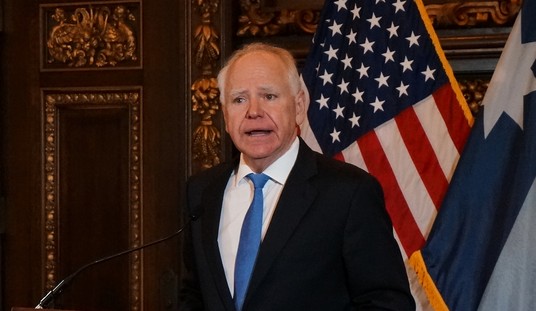While Washington freaked out over the Congressional Budget Office's verdict on the American Health Care Act (aka "Trumpcare") and how cutting back health insurance would cost countless lives, the more interesting accounting came out of California. The dream of implementing single-payer health care across the Golden State came with a gobsmacking annual price tag: $400 billion, more than twice California's annual budget.
So maybe this is a good opportunity to look for another homegrown solution to the problem of health care.
Loma Linda, Calif., has one of the highest life expectancies in the world. Residents there are 10 times more likely to live to 100 than typical Americans. The average male in Loma Linda lives to 89, the average woman to 91 -- both about 10 years longer than the national average.
Before you make like Ponce de Leon and head there to find the Fountain of Youth, let me tell you there's nothing in the water. Loma Linda is home to a thriving population of Seventh-day Adventists who place great stock in treating their bodies like temples. They don't smoke, drink alcohol or eat meat, and they get lots of exercise.
So maybe we should make former New York Mayor Michael Bloomberg czar, proscribe meat, tobacco and booze, and require North Korea-style calisthenics every morning before eating a mandatory breakfast of wholesome grains and raw vegetables.
No, we shouldn't. But we can learn something from the Loma Linda residents.
Whenever the subject of health care comes up, advocates for more government involvement insist that America's comparatively low life expectancy is a searing indictment of our dysfunctional insurance system. Sen. Bernie Sanders recently seized on Donald Trump's statement that the Australians have a better insurance system by noting that Australians live longer, which is true. They live, on average, about three years longer than Americans.
Recommended
But the gold standard of social organization for Sanders isn't Australia. It's Denmark. He often waxes lyrical about how Denmark has a different -- and better -- definition of freedom that, naturally, involves a cradle-to-grave socialist welfare state. Obviously, there's a lot to debate there, but how does Denmark's supposedly more enlightened approach translate in terms of life expectancy? The Danes live about a year and a half longer, on average, than Americans -- or not quite as long as Australians.
And that "on average" conceals more than it reveals. A recent study by the Institute for Health Metrics and Evaluation measured life expectancy by county across the United States. In 2014, a child born in Summit County, Colo., could be expected to live 86.83 years. The life expectancy of a child born in Ogala Lakota County in South Dakota, seat of the Pine Ridge Indian Reservation, is nearly 20 years shorter. Something tells me these discrepancies have much more to do with lifestyle than insurance.
Indeed, the chief reason American life expectancy lags -- slightly -- behind other developed countries has nothing to do with health care whatsoever. When the World Health Organization ranked America 19th out of 29 in life expectancy, Scott W. Atlas of the Hoover Institution pointed out that if you removed fatal car crashes and murders, the U.S. suddenly had the "world's best life expectancy numbers."
I can't see how adopting Danish health care would affect driving habits or homicide rates. It's also far from clear that government-provided health care does much to improve health generally. The Pine Ridge Lakota Indians already have it -- in the form of the Indian Health Service. Of course, the IHS, like the Veterans Health Administration, has real problems. But a huge study of Medicaid expansion in Oregon found that, with the exception of depression diagnoses, increased health insurance yielded no significant improvement in health.
In 2016, when millions received coverage under Obamacare, American life expectancy went down for the first time in over 20 years. I'm not suggesting a causal relationship: Obamacare didn't kill anyone. If it saved individuals' lives here and there, that's great. Still, those numbers vanish in the national data as anecdotes, not significant trends.
There are still good reasons to reform health care. But a little humility about what government can do, and the stakes involved, might be in order.

























Join the conversation as a VIP Member